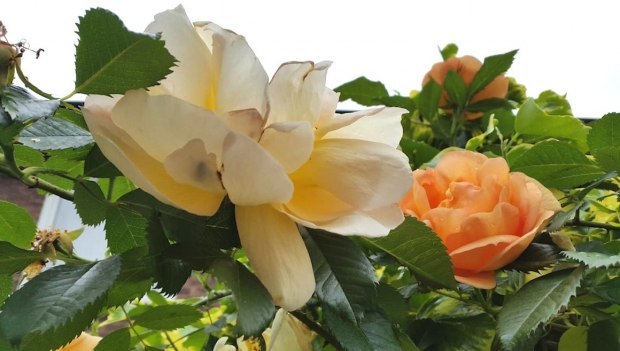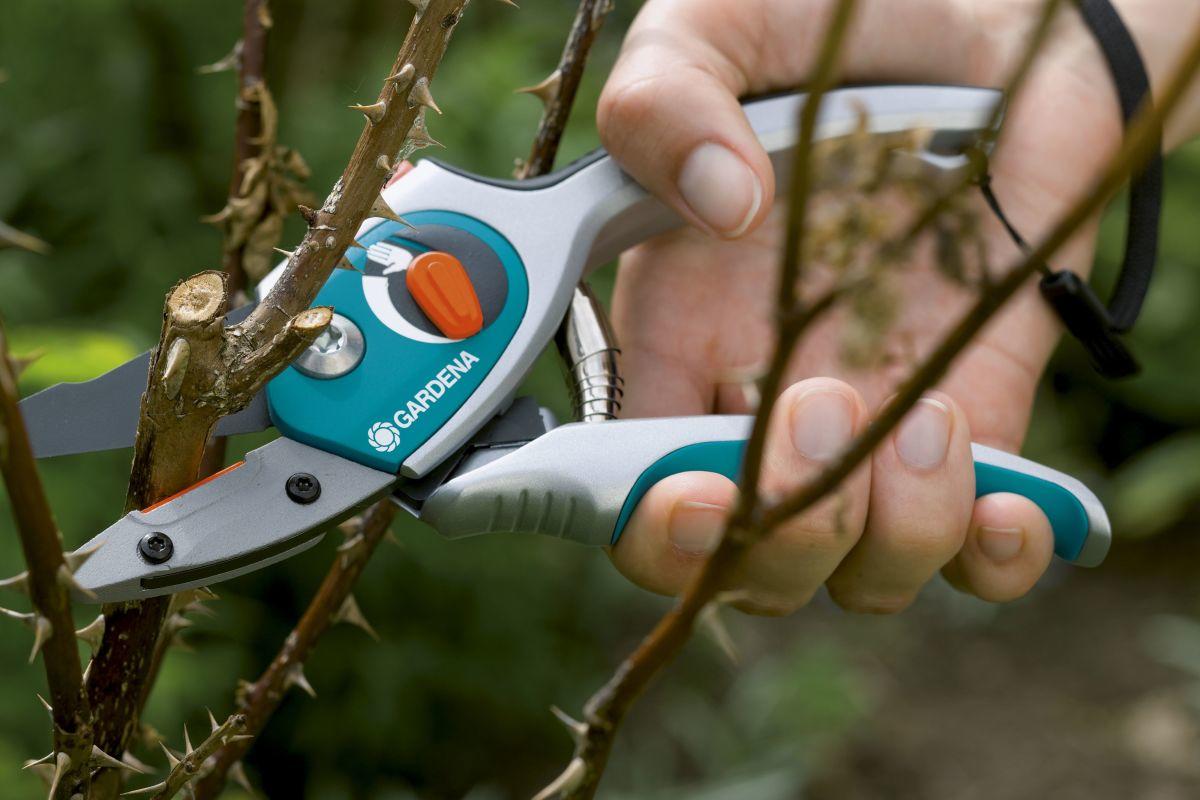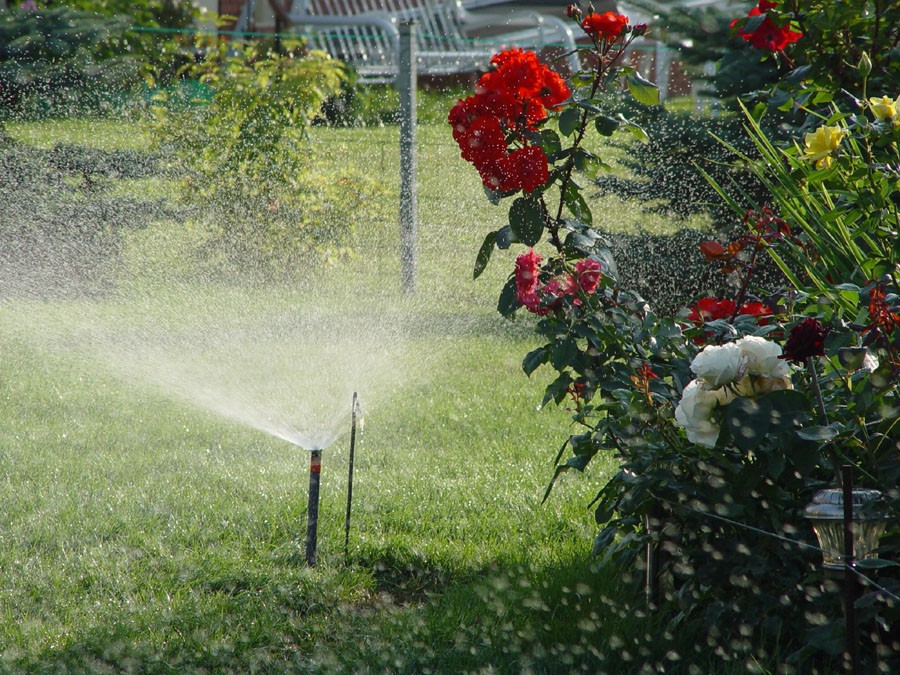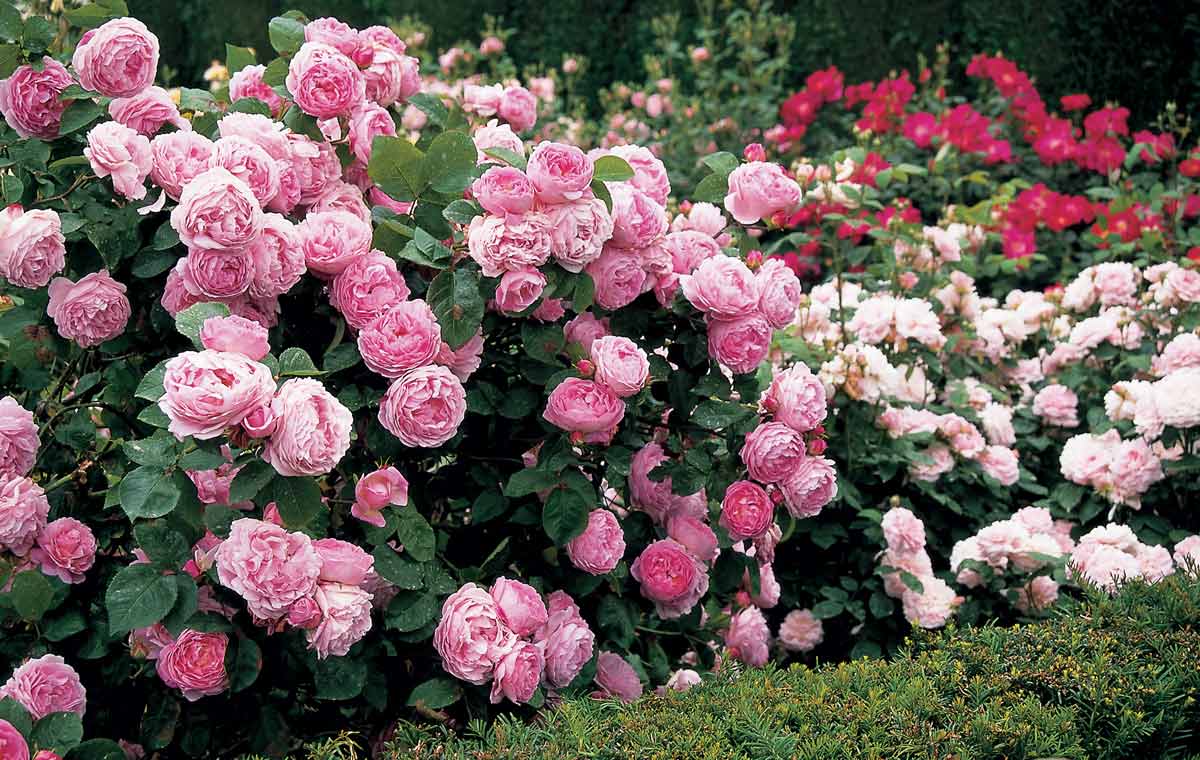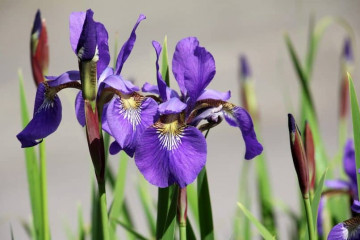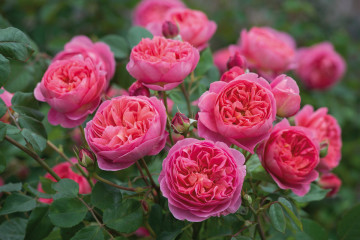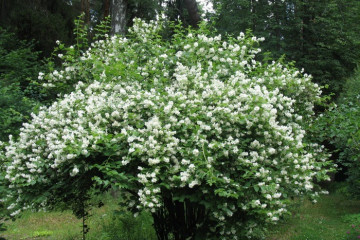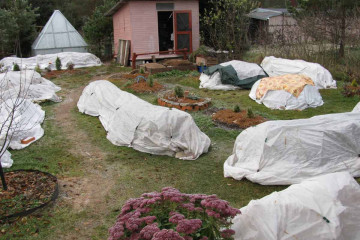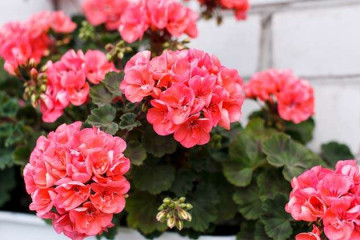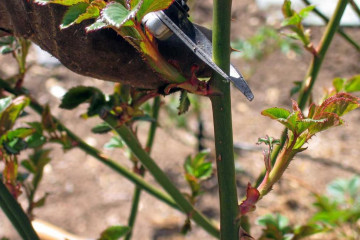How to prune roses after flowering in summer so they bloom again
Content:
Growing roses requires comprehensive and careful care from the gardener. One of the key procedures is summer pruning of roses after the first flowering. For shrubs, this pruning is not formative, but stimulating flowering.
Why do you need to prune roses after the first flowering
After the first wave of flowering, it is advisable to remove the wilted flowers of the shrub in time. If this is not done, then instead of re-flowering, the gardener will receive boxes with rosehip seeds. This is due to the fact that the flowering cycle has ended, and the shrub spends energy on the formation of seeds and nutrition of the extended numerous shoots. Correct pruning stimulates the growth of young shoots on the shrub and, accordingly, the subsequent formation of buds. Thanks to this procedure, over the summer, you can get the maximum amount of voluminous and fragrant rose buds.
Thus, pruning is an effective method for restoring the bush's lush flowering process.
When to prune roses
Pruning roses with wilted buds is carried out in the summer after the completion of flowering shrubs. There is no specific time frame for this procedure, because individual crop varieties have different dates for the end of the first flowering wave. Experienced gardeners admit that the flowering of roses in their flower beds continues during the first two months of summer, so it is possible to carry out a complete pruning of all plant species only in July.
How to properly prune shoots: cut location
So, the first wave of summer flowering is over and it's time for a novice gardener to find out what to do next with roses that have faded. First of all, you need to find the upper buds on the shoots, which are located in the leaf axils. These buds are undeveloped and unable to give strong shoots, therefore, it is necessary to remove wilted buds with a part of the branch.
The following guidelines should be followed regarding how to prune roses after flowering in the summer so that they bloom again:
- The correct cut is made over a fully formed leaf - the first five-leafed leaf or the seven-leafed leaf (depending on the type of rose), the living bud in the bosom should look outward. The direction of the buds is taken into account so that new shoots do not grow inside the bush, but form the correct vase-like shape. When pruning, you do not need to be afraid to leave 5-6 buds from the ground on the shoot, because later the rose will acquire additional bushiness.
- The branch should be cut in the direction from the bud and at an angle of 45 °. Thus, the water in the cut off place can easily flow out, and the shoot wound will quickly heal.With a perpendicular cut, the bush can get sick with a fungal infection due to stagnation of moisture in the place of the cut.To prevent possible damage to the culture, the injured place should be treated with PVA glue. But it is better to make an oblique cut so that there is no unnecessary trouble and worries about the health of the bush.
In the autumn, after the completion of the second wave of flowering, it is not recommended to prune again. Since any such procedure for plants is stressful, it is best to leave the roses alone and let them get ready for the winter season.
The purpose of pruning roses after the first flowering is to cut the wilted flowers and shorten the shoots of the plant to the level of the first formed leaf with a bud in order to ensure the lush blooming of the rose garden again.
What garden tools to use for pruning shoots
A smooth and smooth cut on the shoots is done with an exceptionally high-quality tool.
Those gardeners who have tried to prune strong plant stems understand the value of a truly good pruner. Young twigs with a soft core and a thin woody coat are easy to prune, and massive woody shoots are difficult to prune without effort, especially in bush and climbing roses.
An ergonomic, high-performance pruner should be used to prune roses. Its task is to make a correct cut with a quick and easy motion - both blades must cut the branch at the same time without crushing the wood. The gap between the blades can cause the secateurs to jam at the most crucial moment, especially if the cut is made on a thick shoot.
Otherwise, there is a risk of making torn sections and infecting! In the process, you should use garden gloves for roses so as not to injure your hands on sharp thorns.
For pruning perennial lignified shoots, garden shears and a hacksaw can do better than a pruner. But the latter is difficult to cut off densely growing shoots. For such a case, then it is worth using a small folding saw: it perfectly penetrates into hard-to-reach narrow places and neatly cuts off the branch. All tools must be well sharpened.
Schemes for pruning roses of various varietal groups
Pruning roses is a simple procedure, but you need to know the features of this process in different varietal groups of shrubs.
Pruning hybrid tea varieties
After flowering hybrid tea roses in summer, the branches are cut so that a spherical bush is formed. Since wilted buds have formed on the shoots that have arisen in the current year, most of them are removed. There are the following pruning schemes for these types of roses:
- On one- and two-year-old shrubs, 2-4 buds are left on each shoot, retreating 15 cm from the soil surface.
- Adult crops are left with 4-6 buds per 20 cm shoots - in the central part of the bush, 2-4 buds - on the side shoots.
In a tea rose with a single flower, the trunk is cut to 3-4 buds above the ground. This method stimulates the emergence of new basal shoots, which will soon be able to please with repeated flowering. It is also recommended to prune floribunda roses in this way.
In parallel with pruning, thinning of the bush should be carried out: remove weak shoots that take away strength from the rose, and those that grow inside the bush.
Pruning a room rose
It is widely believed among home flower lovers that pruning a potted room rose after flowering will not re-bud in summer. But in fact, with proper cropping, they will reappear.
After flowering is complete, wilted buds are cut off along with the shoots, on which you need to leave 3 buds. Thinning of the rose is also carried out by removing branches growing inside the bush.
Here are some tips on how to prune your home rose after flowering to stimulate new bud formation and give the bush an aesthetic appearance:
- it is required to remove weak, underdeveloped shoots;
- when thinning the shrub, you need to leave the 5 strongest and healthiest branches;
- long shoots should be shortened to 6 live buds, on undeveloped long shoots - 5 buds each, if all shoots are weak, 3 live buds should be left on them.
Thanks to this procedure, the plant gets rid of the need to feed dense growth, looks compact and develops freely. Soon, dormant buds will awaken and young growth will grow, on which buds are formed
Pruning climbing roses
On climbing roses, pruning, as on any liana, is simple. Pruning a vertical shrub has its own characteristics, since the buds bloom exclusively on last year's shoots.
Among climbing roses, there are varieties that bloom once a year. They do the main pruning not in spring, but in summer after flowering. They begin pruning one-shot by removing the basal faded shoots to the base, processing the sections with a protective solution. This method stimulates the growth of replacement shoots, usually a rose forms from 3 to 10 such branches for the next year, and a vertical bush will bloom on them. It happens that there are few young shoots, the growth is inactive. In this case, the basal shoots are not completely cut off, but are left 30-40 cm from the base.
For re-blooming roses in the summer, pruning is carried out, removing part of the shoot to the first developed leaf - the five-leafed leaf.
Pruning ground cover varieties of roses
It is not necessary to prune groundcover roses after flowering in the summer - pruning a bush plant is recommended only on the condition that there are broken shoots that have suffered from winter frost or unhealthy dark-colored branches. 5 years after planting, thickened shoots of roses should be thinned out, removing excess branches.
Pruning park varieties of roses
After summer blooming, park roses do not need pruning. Just like groundcover, they only need thinning pruning from time to time. After several years, due to the proliferation and interlacing of numerous shoots, insufficient penetration of sunlight into the crown of the shrub occurs, from which it is intensively stored by lateral shoots, and its central part dies off. For this reason, pruning for park roses should be carried out as the bush grows overgrown.
Comprehensive care of shrubs after pruning is completed: watering, weeding, mulching and feeding
After flowering and summer pruning, roses need proper care, first of all, timely and abundant watering. Shrubs have a powerful root system that goes deep into the ground.On average, in order for the bush to receive enough moisture, it is required to add from 5 to 15 liters of water under it. If it hasn't rained for a long time, it is advisable to leave the hose under each bush for 10-15 minutes. In order not to waste precious time and effort on watering from a watering can or a hose, you can install an automatic irrigation system. It allows you to adjust the water supply for each bush, and periodically and dosed. This watering method makes it easier to care for the rose garden.
It is good if water is pumped from a reservoir in which it naturally warms up under the scorching rays of the sun. Watering is carried out as the soil dries up in the flower bed, on average 2-3 times a week. If the summer is dry, then the roses will need frequent hydration.
It should also be borne in mind that if the soil on the site is sandy, then the plants will need more frequent and abundant watering than on clay soils.
Watering should be done in the evening or early in the morning, that is, irrigation should be carried out during times of low sun activity. Moisturizing, for example, performed at noon can lead to extremely unpleasant consequences: the delicate leaves of the bushes will get burned.
You will not have to remove weeds in the flower bed often if mulching is carried out regularly. To do this, wood chips or bark are laid out around the shrub with a layer of 10 cm at some distance from the trunk. But if the weeds literally attack the flower garden, you should regularly weed the flower bed, removing harmful plants along with the roots.
For a violent re-flowering, it is recommended to feed the shrub:
- granular fertilizers (they are convenient to use, because they just need to be scattered on the surface of the soil around the bush);
- soluble preparations (they must first be dissolved in water, and then poured into the ground next to the bush);
- chicken droppings (about half of the bucket is laid out around the trunk of the rose under each bush).
Summer cottage care for pruned roses after the first wave of flowering consists in getting rid of plants from unnecessary shoots, protecting against pests, preventing the appearance of fungal and bacterial diseases, as well as stimulating the bush to bloom again. Since roses are quite whimsical creatures, every gardener must provide them with all the conditions for normal development. If the gardener follows all the recommendations of the article on pruning shrubs in the summer, then the second wave of flowering promises to be abundant, bright and lush!
